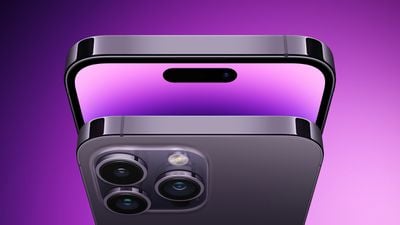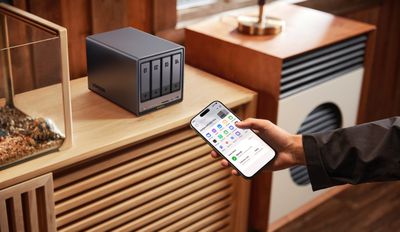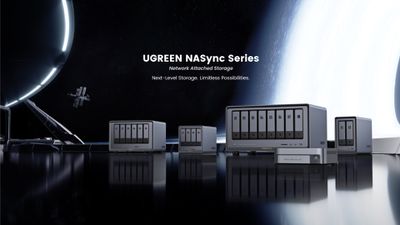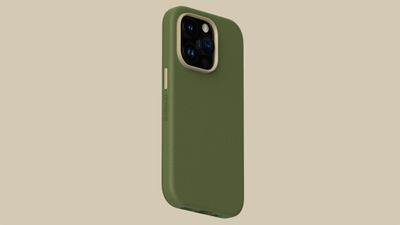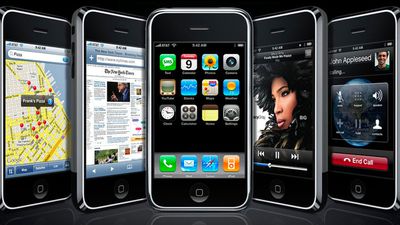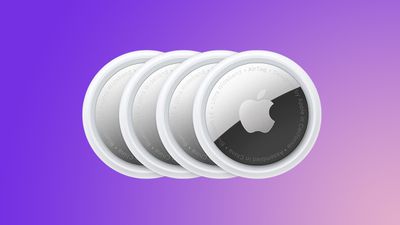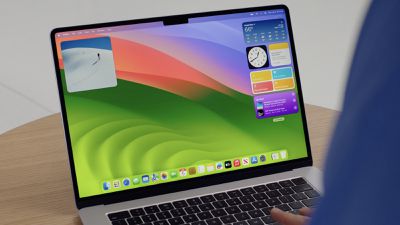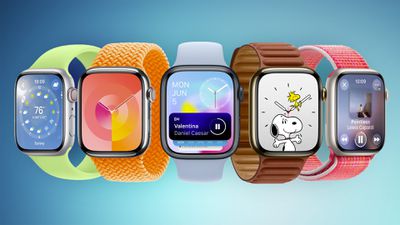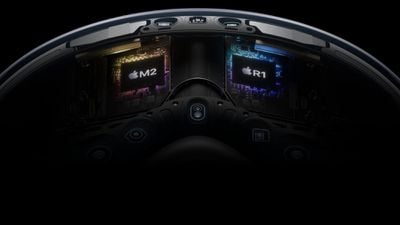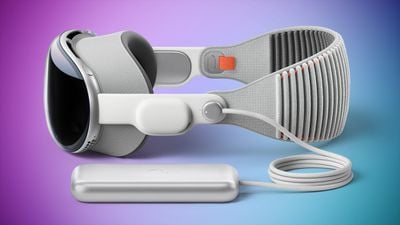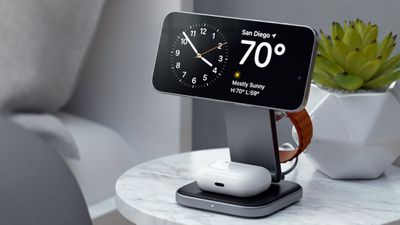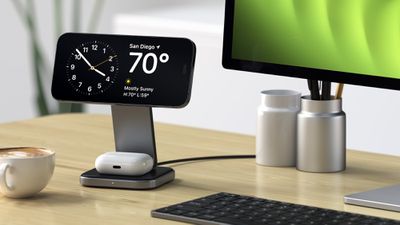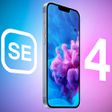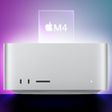Apple today seeded the third betas of upcoming iOS 17.3 and iPadOS 17.3 updates to public beta testers, allowing non-developers to test the software ahead of its release. The second public iOS 17.3 and iPadOS 17.3 betas come almost a month after Apple released the first betas. Note that while Apple is calling these the third betas of iOS 17.3 and iPadOS 17.3, there was technically never a second public beta. Apple had to pull the second developer betas of iOS 17.3 and iPadOS 17.3, and opted to go straight to the third beta rather than releasing an updated public beta version.
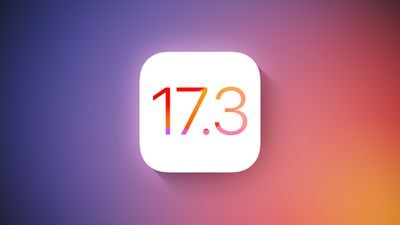
Public beta testers can get the beta by opening up the Settings app, going to the Software Update section, tapping on the "Beta Updates" option, and toggling on the iOS 17 or iPadOS 17 Public Beta. Signing up on Apple's beta testing website is required.
iOS 17.3 includes Stolen Device Protection, a feature that offers an extra layer of security in case your iPhone is stolen and the thief also obtains your passcode. With this turned on, Face ID or Touch ID authentication is required for viewing iCloud Keychain passwords, turning off Lost Mode, erasing an iPhone's contents, using saved payment methods in Safari, and more. There is no passcode entry option should Face ID or Touch ID fail.
Certain actions, such as changing an Apple ID password, updating a device passcode, turning off Find My, and removing Face ID require authentication and also a one-hour security delay.
The update also adds collaborative Apple Music playlists, a feature that lets Apple Music subscribers build playlists with friends, family members, and others who share their musical tastes. Any playlist can be turned into a collaborative playlist by tapping on the person-shaped icon and sharing the link.
Those who want to try it out in iOS 17.3 can click on the MacRumors playlist link to try adding a song.
We are expecting iOS 17.3 and iPadOS 17.3 to be released sometime in January.


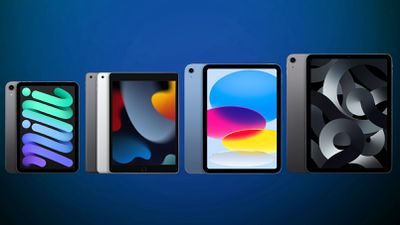 Note: MacRumors is an affiliate partner with Amazon. When you click a link and make a purchase, we may receive a small payment, which helps us keep the site running.
Note: MacRumors is an affiliate partner with Amazon. When you click a link and make a purchase, we may receive a small payment, which helps us keep the site running.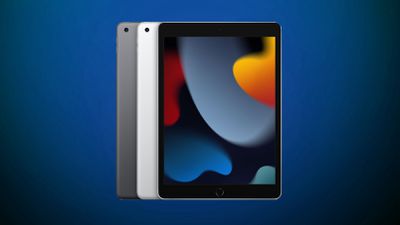
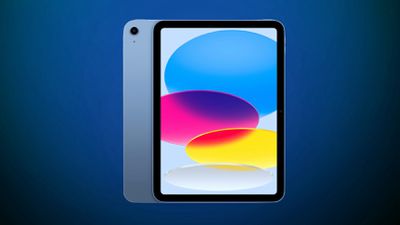
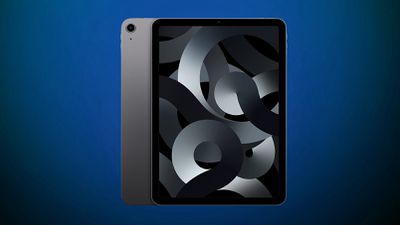

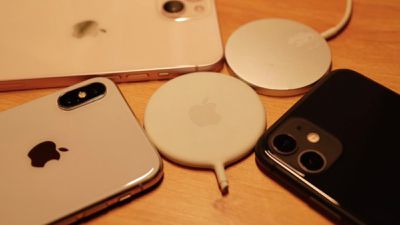
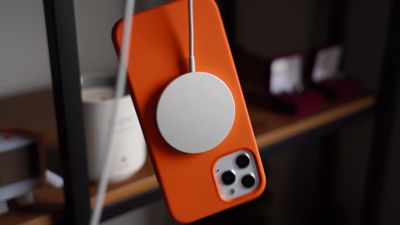 The ultimately released version of MagSafe for iPhone (2020).
The ultimately released version of MagSafe for iPhone (2020).